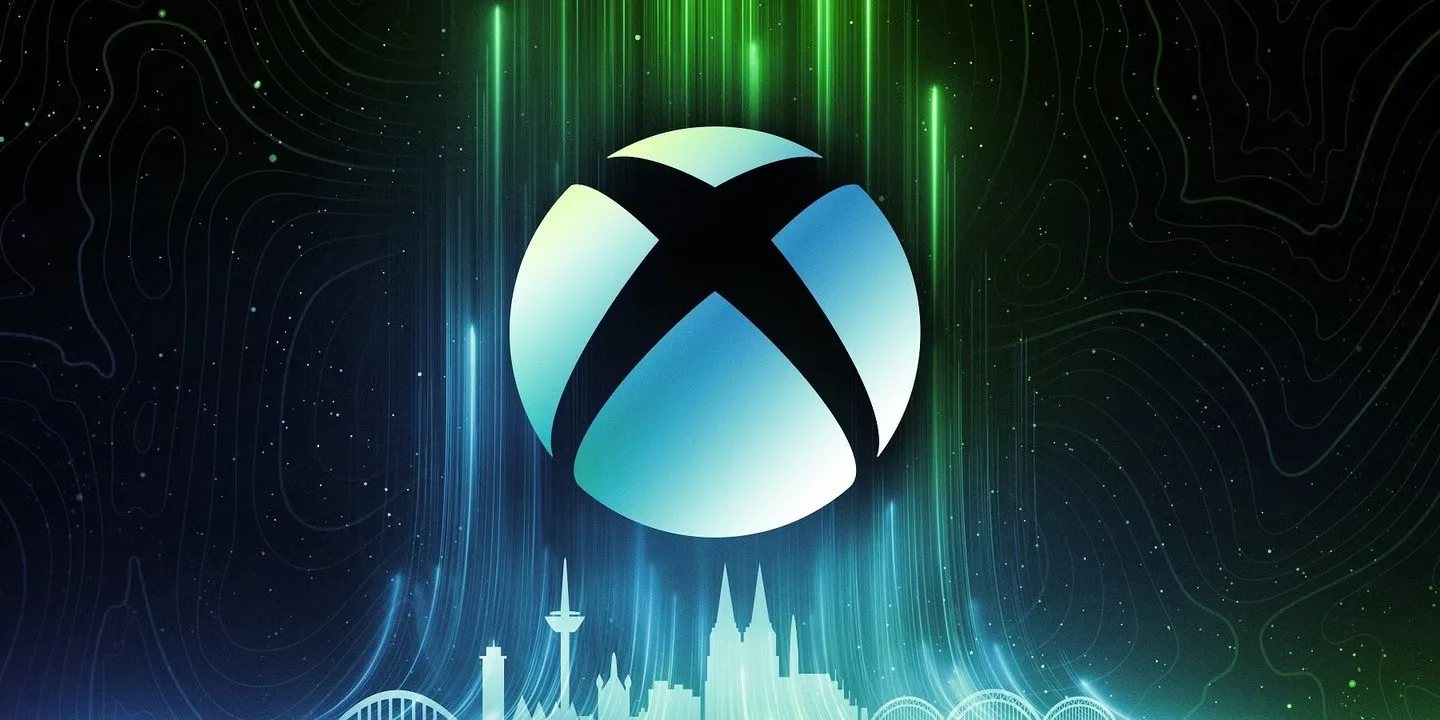
The Xbox ecosystem is once again in the spotlight—though not for reasons that will excite developers or players. According to a recent report, Microsoft has raised the price of its Xbox development kits from $1,500 to $2,000, a 33% increase that mirrors the company’s broader trend of price adjustments across both hardware and services.
For developers, especially smaller studios already navigating razor-thin margins, this is more than just a line-item adjustment. It’s a signal that the cost of building within the Xbox ecosystem is climbing at the same time that Microsoft is reshaping its gaming strategy.
The Bigger Picture: Xbox Hardware’s Uncertain Future
The timing of this increase is striking. Xbox has already faced scrutiny over its Game Pass Ultimate price hike and the perception that its long-term focus is shifting away from traditional console hardware. While Microsoft has publicly reiterated its commitment to consoles, the company’s actions—studio closures, service-first messaging, and now higher barriers for developers—paint a more complicated picture.
The question many in the industry are asking: Is Xbox still a hardware-first brand, or is it quietly pivoting toward a service-driven future where consoles are secondary?
This uncertainty is amplified by the fact that Xbox hardware sales have struggled to keep pace with competitors, and Microsoft’s own executives have floated visions of “every screen is an Xbox.” That kind of rhetoric suggests a future where the console is just one of many access points, not the centerpiece.
Sarah Bond’s Public Appearances: Reassurance or Mixed Signals?
Xbox President Sarah Bond has been a visible figure in recent months, making appearances at major industry events like ChinaJoy 2025, where she and Phil Spencer were photographed engaging with developers and publishers from Tencent, NetEase, and others.
Her presence is clearly meant to project confidence and continuity. Bond has emphasized Xbox’s commitment to creators and players, but her appearances also highlight the tension between the company’s public messaging and its behind-the-scenes decisions. For many, the optics of celebrating global partnerships while simultaneously raising costs for developers at home feel contradictory.
What This Means for Developers and Players
- Developers: Smaller studios may find the higher dev kit costs prohibitive, potentially leading to fewer indie titles on Xbox platforms.
- Players: Rising costs across the ecosystem—from Game Pass to hardware—raise concerns about whether these increases will eventually translate into higher game prices or fewer creative risks.
- The Brand: Xbox risks alienating both its developer community and its player base if its actions continue to outpace its reassurances.
The Xbox brand is at a crossroads. On one hand, Sarah Bond’s appearances and Microsoft’s official statements suggest stability and commitment. On the other, the rising costs and shifting strategies point to a company still figuring out what role hardware will play in its future.
For now, the message is clear: Xbox is evolving—but whether that evolution strengthens or fractures its identity remains to be seen.


